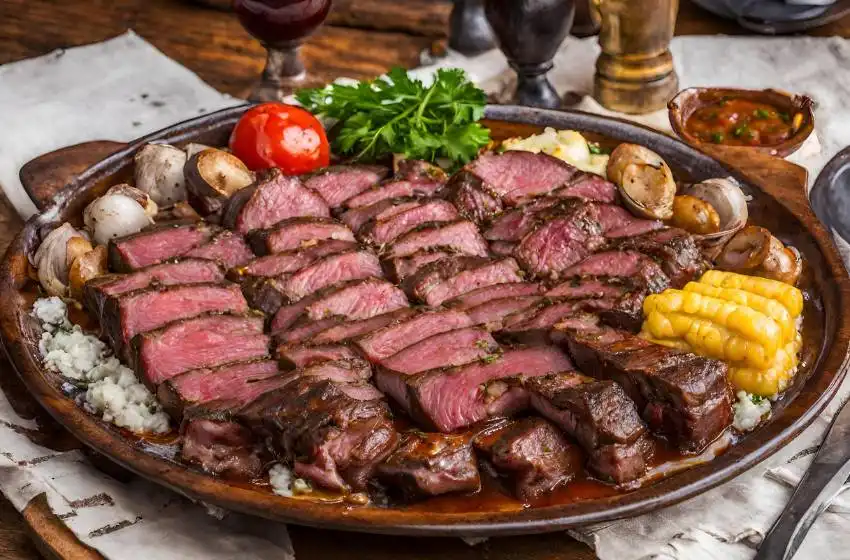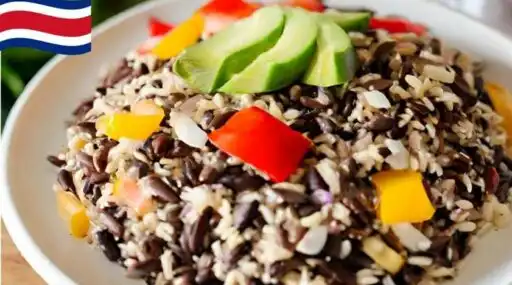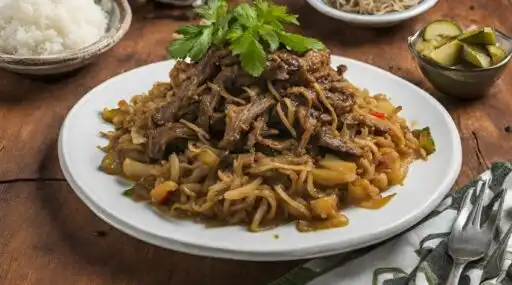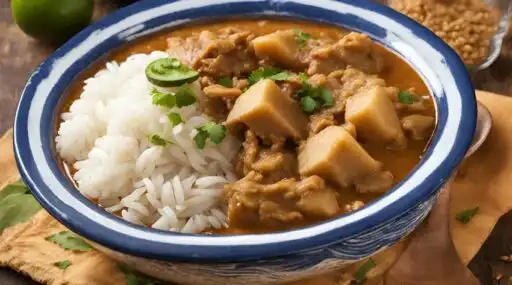Argentine Asado, Argentina, a land synonymous with vast pampas, passionate tango, and a deep appreciation for beef, takes pride in its iconic culinary tradition: Asado. This revered barbecue technique is more than a meal; it’s a social event, a cultural ritual, and a feast for the senses. In this blog post, we’ll delve into the heart of Argentine Asado, exploring the ingredients, preparation techniques, and the art of crafting an authentic culinary experience.
Understanding Asado: A Culinary Heritage:
Asado, at its core, is more than a method of cooking; it’s a cultural institution deeply ingrained in Argentine society. Rooted in the gaucho (Argentine cowboy) tradition, Asado represents a communal gathering where family and friends come together to celebrate life, share stories, and indulge in the art of grilling.
Ingredients for an Authentic Asado:
- Meat Selection:
- Asado Cut: The choice of meat is central to an authentic Asado, and certain cuts reign supreme. The “asado” cut refers to the entire rib section, which is often segmented into individual ribs for grilling. The “vacío” (flank) and “matambre” (flank steak) are also popular choices, each offering a unique texture and flavor profile.
- Chorizo and Morcilla: The Asado experience is often complemented by chorizo sausages and morcilla (blood sausage), providing a variety of flavors and textures. Chorizos are seasoned with garlic, paprika, and other spices, while morcilla adds richness and depth to the ensemble.
- Short Ribs: Known as “tira de asado,” these short ribs are a flavorful addition to the grill, offering a perfect balance of meat and fat.
- Seasoning:
- Salt: Argentine Asado relies on the simplicity of salt as the primary seasoning. Prior to grilling, the meat is generously salted to enhance its natural flavors.
- Chimichurri: While salt is the minimalist star, chimichurri is the flavorful companion. This zesty sauce, made from parsley, garlic, vinegar, oil, and red pepper flakes, adds a burst of freshness to the grilled meats.
- Firewood:
- Quebracho or Mesquite: The choice of firewood is crucial to achieving the authentic smoky flavor of Asado. In Argentina, hardwoods like quebracho or mesquite are favored for their intense heat and aromatic smoke.
Preparation: The Art of the Argentine Asado:
- Setting Up the Grill: Traditionally, an Argentine grill, or “parrilla,” is a wood or charcoal-fired contraption with an adjustable grill grate. The art of grilling involves building a fire that produces embers, creating a radiant heat source for slow-cooking the meats.
- Choosing the Cuts:
- Preparing the Asado Cut: Before grilling, the asado cut is typically seasoned with coarse salt. The ribs are then placed on the parrilla with the bones facing down, allowing the rendered fat to baste the meat slowly. The cooking process is gradual, requiring patience to achieve the desired doneness.
- Chorizo and Morcilla: Chorizos and morcillas are often placed on the grill’s edges, allowing them to cook more slowly and infuse their flavors into the meats. The chorizos develop a crisp exterior while retaining their juicy interior.
- Grilling Technique:
- Managing Heat Zones: One of the keys to successful Asado lies in managing different heat zones on the parrilla. The central, hottest zone is ideal for searing the meats initially, while the outer edges provide a cooler area for slower cooking.
- Turning and Basting: As the meats cook, they are turned regularly to ensure even cooking. Basting with the rendered fat from the asado cut contributes to the rich flavors and succulence.
- Serving and Enjoying:
- Simple Presentation: Argentine Asado is typically served in a simple, rustic manner. The grilled meats are placed on a large cutting board, and guests are encouraged to help themselves. This communal style of dining fosters a sense of camaraderie and shared enjoyment.
- Chimichurri Accompaniment: Chimichurri, with its vibrant green color and zesty flavor, is served alongside the meats. Guests can drizzle this aromatic sauce over their selections, enhancing the overall experience.
Tips for a Perfect Argentine Asado:
- Quality of Meat:
- Choose Premium Cuts: Quality is paramount when it comes to Asado. Invest in premium cuts of beef, preferably from grass-fed cattle, to ensure rich flavors and optimal tenderness.
- Patience is a Virtue:
- Low and Slow: The essence of Argentine Asado lies in the slow and deliberate cooking process. Embrace the art of patience, allowing the meats to absorb the smoky aromas and develop a crisp, flavorful exterior.
- Flame Management:
- Control the Flames: Excessive flames can lead to uneven cooking and charred exteriors. Controlling the intensity of the fire ensures a more nuanced and enjoyable grilling experience.
- Accompaniments:
- Consider Sides: While Asado is the star, thoughtful side dishes can complement the feast. Simple salads, grilled vegetables, or a light potato dish can enhance the overall meal.
Conclusion: A Culinary Celebration:
Argentine Asado is more than a meal; it’s a celebration of tradition, culture, and the joy of shared moments. From the carefully chosen cuts of meat to the simplicity of salt and the zing of chimichurri, every element contributes to the sensory symphony that is an authentic Asado experience.
Whether shared among family, friends, or even strangers gathered at a communal parrilla, Argentine Asado encapsulates the spirit of togetherness and the appreciation for the elemental pleasures of life. As you embark on your own journey to master the art of Asado, remember that it’s not just about grilling meat; it’s about crafting an unforgettable culinary experience that honors the soul of Argentina’s gastronomic heritage. So, fire up the parrilla, savor the aromas, and let the tradition of Argentine Asado unfold in all its flavorful glory.







































Leave a Reply